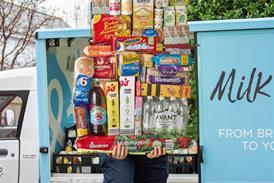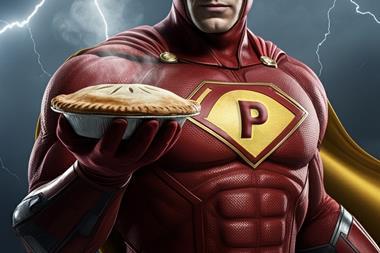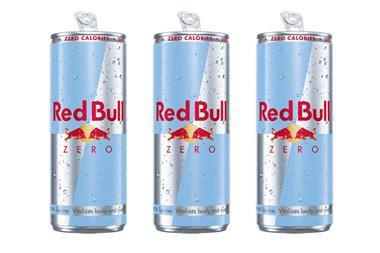Prime cattle numbers heading for reduction
Margins are probably being squeezed in the beef trade between farm gate and supermarket checkout, reality conflicting with persistent media allegations of profiteering by retailers and processors.
While most retail data including the MLC's weekly survey show prices to the consumer significantly lower than a year ago, the best prime cattle appear to be only a penny or two per kilo cheaper.
Some Scottish abattoirs were certainly paying above 180p by mid-month for U4L steers, and since then have come persistent reports of this price or more being paid for R4 stock north of the border.
In late April last year the MLC sample of slaughterhouses indicated 182p for the U4Ls and 179p for R4s in Scotland.
English and Welsh buyers are paying less, but the discount of about 8p on average appears to be similar to the traditional differential.
Producers' spokesmen are sceptical, claiming the prices cited by the MLC and meat industry spokesmen exaggerate average returns at the farm gate.
For instance, they point out sellers have no alternative to selling on a deadweight basis direct to slaughterers at the moment, as FMD control measures prohibit live auctions.
However, talk among abattoir operators and further processors is of cattle scarcity likely to cause trouble even after the restrictions are eased, suggesting they are being forced into bidding more than they believe is reasonable despite the softness of retail demand and abundance of cheaper imports.
Scottish wholesalers' leader Neil Stoddart has warned the crisis will result in "an inevitable reduction in prime cattle numbers" and high quality beasts could be scarce for up to three years while the industry restocks.
Stoddart's forecast was in line with earlier predictions from other industry executives including Brian Pack of ANM, and similar sentiments are being expressed by slaughterers in England and Wales.
The impression is of conflicting market forces building up, supply tightening in the UK while increasing production on the continent and export trade obstacles due to FMD lead to surpluses in the EU overall (The Grocer, April 21, page 18).
{{M/E MEAT }}
Close menu
- Home
- Retail & Wholesale
-
Products & Suppliers
- Back to parent navigation item
- Products & Suppliers
-
Product Categories:
- Back to parent navigation item
- Product Categories:
- Alcoholic drinks
- Bakery
- Cereals & breakfast
- Cheese
- Chicken & poultry
- Chocolate
- Confectionery
- Crisps, nuts & snacks
- Dairy
- Fish
- Fresh produce
- Frozen
- Household
- Meat
- Own Label
- Sauces & condiments
- Seasonal
- Soft drinks
- Vaping
- Vegan & plant-based
- World foods
- Suppliers
- People
- Reports & Data
-
Topics A-Z
- Back to parent navigation item
- Topics A-Z
-
Popular topics:
- Back to parent navigation item
- Popular topics:
- Cost of living crisis
- Crime
- Deposit Return Schemes
- Finance
- Government & Regulation
- Health
- Inflation
- Loyalty
- Marketing
- Mergers & Acquisitions
- New Product Development
- Sourcing
- Supply chain
- Sustainability & environment
- Technology
- Ultra Processed Foods
- Vaping
- A-Z all topics
- Content by type:
- Events
- Subscribe now
Sign in to comment on this article
Not logged in before? Register for FREE guest access today.
You will be able to:
- Read more stories
- Receive daily newsletters
- Comment on stories
Advert














No comments yet